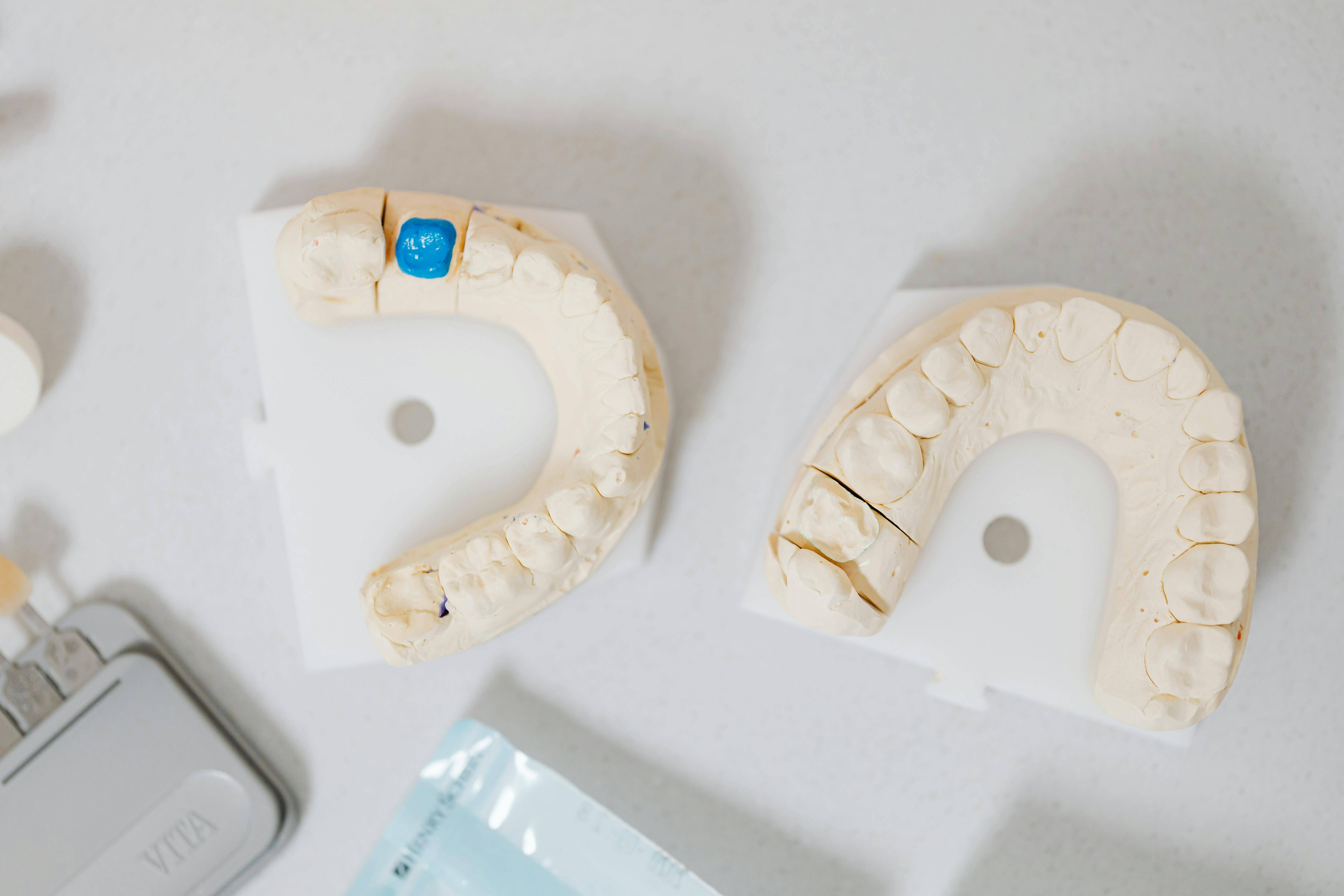
Dental crowns are a staple in restorative dentistry, commonly used to enhance both the function and appearance of damaged or decayed teeth.
At NYC Smile Design, we have extensive experience in fitting and maintaining crowns, and we understand that, like any dental procedure, complications can arise.
In this blog, we'll explore four common causes of pain associated with dental crowns, drawing on our years of practice to provide essential insights for anyone with a dental crown or considering one for future dental treatments. This knowledge will help you manage your crowns effectively and maintain optimal dental health.
1. Poor Fit of the Crown
A crown that does not fit properly can lead to several discomforts and complications. An improperly fitted crown might not sit snugly against the tooth, which can cause pain when you bite down or lead to sensitivity due to exposed areas. In dental technical terms, this is called an inadequately sealed margin.
Symptoms of a poorly fitted crown include:
Sensitivity to Temperature: Experiencing sharp pain or discomfort when consuming hot or cold foods and beverages, which indicates that the crown may not be sealing the tooth adequately.
Difficulty Chewing: Feeling discomfort or pain when biting or chewing can suggest that the crown is too high or improperly aligned with the opposing teeth.
Noticeable Misalignment: Observing that the crown looks out of place compared to surrounding teeth, which may affect the bite and overall mouth function.
Increased Sensitivity to Pressure: Experiencing pain or discomfort when applying pressure, such as biting down, could be a sign that the crown is not fitting snugly against the tooth structure.
If you experience these symptoms, it's crucial to visit your dentist. They may need to adjust the fit of the crown or, in some cases, replace it to ensure it fits perfectly and comfortably.
2. Decay Under the Crown
Decay under a crown can occur if bacteria manage to infiltrate the margins where the crown meets the tooth. This is often the result of a crown becoming slightly loose or an inadequate seal/opening around the margin, allowing bacteria and food particles to enter underneath.
Symptoms of decay under a crown include:
Increased Sensitivity to Sweet, Hot, or Cold Foods and Drinks: Feeling a sharp pain or discomfort when consuming sweet treats, or very hot or cold items can indicate that decay is forming under the crown and affecting the nerve inside the tooth.
Bad Taste in the Mouth: Experiencing a consistent unpleasant taste can be a sign of bacterial growth and decay under the crown, which may not be immediately visible.
Persistent Bad Breath: If bad breath does not go away despite regular brushing and use of mouthwash, it could suggest an underlying issue such as decay under the crown, where bacteria are harboring and emitting odors.
Preventing such decay involves maintaining rigorous oral hygiene and regular dental check-ups. If decay is detected, professional treatment is necessary to remove the decay and possibly replace the crown.
3. Gum Disease
Gum disease can affect the area around a dental crown, leading to pain and discomfort. This might happen if plaque accumulates at the crown's edges, irritating the gums and causing inflammation.
Symptoms of gum disease around a crown include:
Swollen Gums: Gums around the crown appearing red/purple and puffy can indicate inflammation caused by gum disease.
Tender Gums: Feeling pain or discomfort when touching or brushing around the crowned tooth suggests that the gums are inflamed and sensitive.
Bleeding Gums: Observing bleeding during brushing or flossing around the crown is a common symptom of gum disease, indicating irritation or infection.
Gum Recession: Noticing that the gums are pulling away from around the crown, exposing more of the tooth or the crown's base, is a sign of advancing gum disease and can affect the stability of the crown.
Managing this involves regular professional cleanings and excellent personal oral hygiene practices. Treatment might include deep cleaning or other periodontal therapies to restore gum health.
4. Cracked Crown
Crowns, particularly those made of porcelain, are durable but can still crack under certain conditions, such as an impact or biting down on something hard. Crowns may also get microfractures, just like a tooth can if there is chronic, uncontrolled, or poorly managed clenching and grinding. This can happen in undiagnosed clenching and grinding or non-compliance in wearing prescribed occlusal/night guards. A crack in a crown might not always be visible but symptoms include:
Sharp Pain: You may experience sharp, sudden pain when biting down or when the cracked area of the crown is exposed to extreme temperatures. This pain typically occurs because the crack allows stimuli to reach the sensitive inner parts of the tooth.
Intermittent Pain: Unlike a constant ache, the pain associated with a cracked crown may come and go. It can be particularly noticeable when chewing, as this action changes the pressure applied to the tooth.
Visible Crack or Fault Line: In some cases, the crack might be visible to the naked eye, especially if it is on the front of the crown. However, many cracks are not visible without dental instruments.
If you suspect your crown is cracked, it's essential to see your dentist immediately. A cracked crown usually needs to be replaced to prevent further damage to the tooth underneath and alleviate pain.

Fixing Your Crowns
Understanding the potential causes of crown pain is crucial for maintaining both your dental health and the integrity of the crown. Regular dental check-ups play a vital role in preventing and addressing these common issues early, ensuring that your dental crown continues to serve its purpose without causing discomfort.
If you're experiencing discomfort with your dental crown or need more information about potential treatments, don't hesitate to contact your dentist. For those considering a dental crown, scheduling a consultation with a reputable dentist is a vital step towards ensuring your dental health is managed properly and comfortably. Schedule your consultation today to keep your smile healthy and beautiful.
Topics:

